How to lower your golf scores in five easy steps
Last updated:
Using Shot Scope data, golf pro Adrian Fryer reveals where amateurs lose the most shots and shares simple drills to help you play better golf and lower your scores.
We all have ideas about how we play golf, and where we lose shots… but how accurate are they? Thanks to modern shot data technology, we now know.
RELATED: How to shoot your lowest-ever golf score
Leaving approach shots shy of the green may be an accepted, common strategic error, but did you know the typical club golfer leaves four out of every five approaches short? Or that, on the greens, some 84% of putts over five feet also finish short of the hole?
These are just two stats thrown up by data capture system Shot Scope, which regularly crunches the numbers from more than 30 million golf shots, played over hundreds of thousands of rounds.
But the folks at Shot Scope have taken this further to identify the nine most common strategic errors we all make, round after round. Poor decision-making that costs us all shots.
The first step to fixing these mistakes is being aware of them; but we’ve also enlisted the help of TG coach Adrian Fryer to deliver some targeted technical help to make sure you can capitalise on this information.
After all, when you ally a sharper technique to smarter thinking, you create a formidable shot-slashing combination.
RELATED: Best Rangefinders
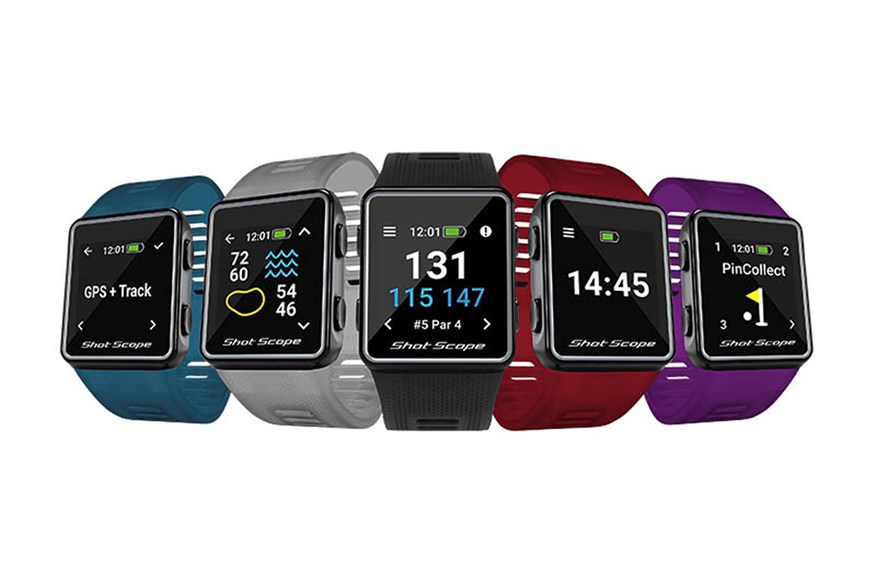
What is Shot Scope?
Shot Scope’s TG award-winning V3 golf shot tracking system (£209.99) uses GPS to provide the golfer with an accurate assessment of every shot hit. Chipped, lightweight tags, screwed into the butt of each club, send data to a wrist-worn device, which reads every detail of how the club was used and moved.
All activity is plotted on a course map to create a comprehensive and accurate picture of the golfer’s movement, and the results of each shot. After the round, users can access this information through a smart phone app. Since its introduction, Shot Scope V3 has reduced its users’ handicaps by an average of 2.7 shots.
BUY IT NOW: Get Shot Scope from Scottsdale Golf
Golf strategy error #1: You want to be as far down the fairway as possible
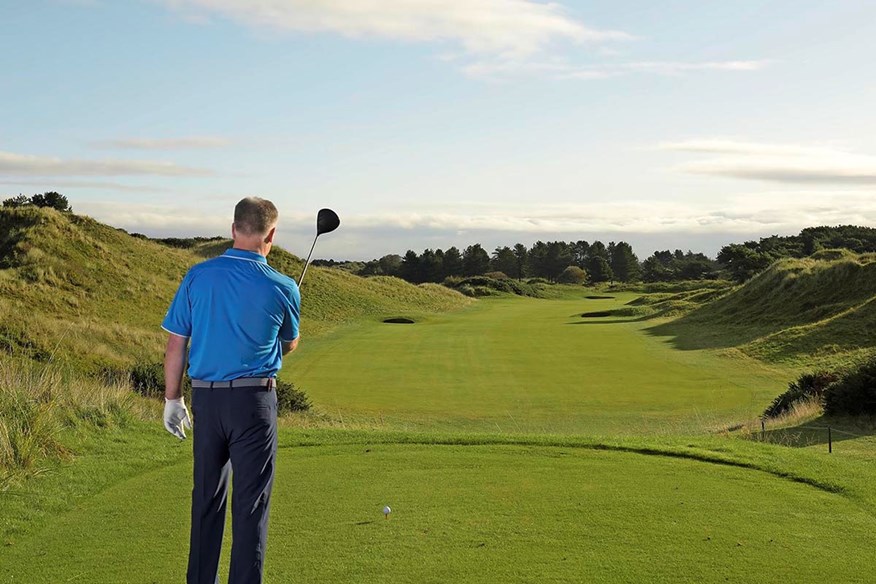
Shot Scope’s off-the-tee data presents a very simple and very clear picture – the closer a golfer is to a green, the closer they hit their approach.
Shot Scope data shows this through ‘average proximity by club’ statistics. The typical 8-iron, for example, ends up 19ft closer to the flag than the typical 6-iron. If a golfer were to gain an extra 15-20 yards with their driver, it would mean hitting two less clubs for the next shot and improving proximity by 18ft on average. Stats suggest this would lead to 0.6 shots saved per round.
With the data clearly suggesting that longer drives can save you shots, adding yards to your tee shots is an effective way to lower scores. For many club players, the best way to find these extra yards is by turning a weak, high-spinning cut into a hotter-flying, longer-running draw.
RELATED: Tested – Longest Drivers
WATCH: How to gain yards with your driver
RELATED: Tested – Best Drivers
Golf strategy error #2: You don’t hit enough club with your irons
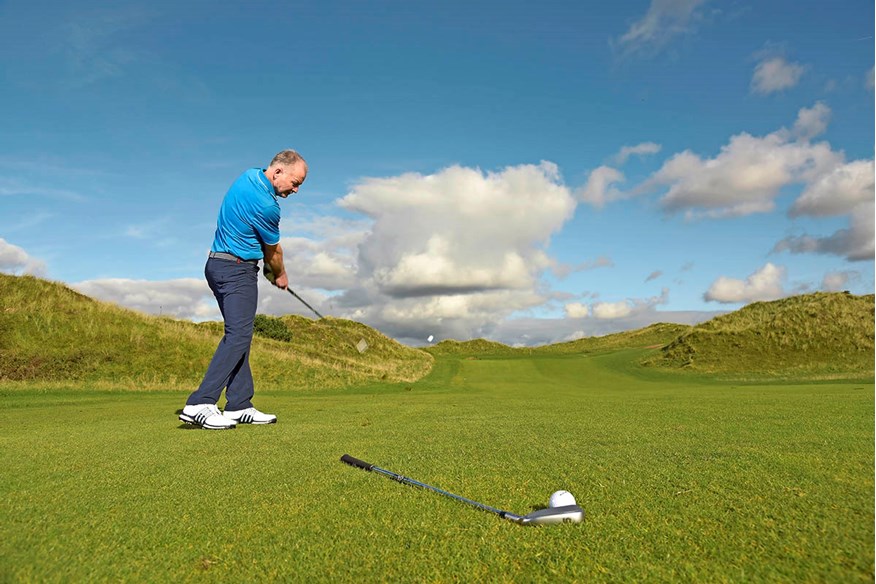
You know it… but you still do it! According to Shot Scope’s database of more than 30 million shots, 80% of missed greens are missed short. To explain this more simply, on average a 20-handicap golfer hits four greens in reg per round. This means they miss 14 greens per round, and of those 14, 11 are missed completely short of the green altogether – a pretty staggering statistic.
Shot Scope’s mapping data reveals 72% of danger is at the front of the green (sand or water), whereas there’s only 28% behind. So missing long is significantly less of a problem than short. Stats reveal 96% of golfers play right-handed. Breaking their misses down in more detail, 47% miss short right compared with 33% short left.
RELATED: Tested – Best Mid-Handicap Irons
WATCH: How to select and strike your irons
RELATED: Tested – Best Irons
Golf strategy error #3: You use long irons instead of hybrids

Of course, from around 160-220 yards you have a choice of long iron or hybrid to cover the distance. But what do the stats say about which is better? It comes down to handicap level.
For the elite amateur golfer, there is not much to choose between the two. For lower handicaps it is more down to the individual golfer and their preference as there is not much statistical advantage to either club.
However, the picture changes as the handicap rises; a 20-handicap golfer is more than twice as likely to hit the green from 210 yards with a hybrid compared with an iron. For 14 handicaps and upwards, it is certainly worth considering swapping the long irons for hybrids as the overall results suggest more accuracy – which is what you need to improve.
Shot Scope’s stats reveal the GIR percentage on a 210-yard shot is almost 50% more likely to find the green if you’re handicap is 14 or above, compared to a long iron.
| Hcap | Hybrid | Iron |
| 2 | 20% | 18% |
| 8 | 16% | 12% |
| 14 | 12% | 7% |
| 20 | 9% | 4% |
| 26 | 8% | 3% |
RELATED: Tested – Best Hybrids
WATCH: How to hit your hybrids
RELATED: Stop fatting your irons
Golf strategy error #4: You spend too much time in bunkers
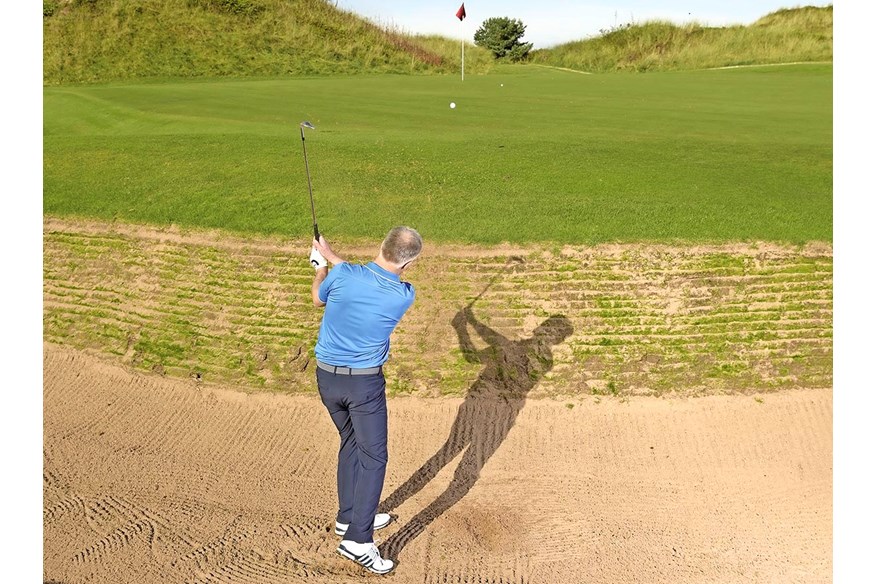
According to Shot Scope figures, 22% of golfers leave the ball in the bunker after our first attempt. But this graph shows just how this figure changes with handicap; two-handicappers leave the ball in the bunker only 1% of the time, compared to 21% of the time for a 26 handicapper.
| Hcp | Shots |
| 2 | 2.68 |
| 8 | 2.78 |
| 14 | 2.92 |
| 20 | 3.45 |
| 26 | 3.54 |
Clearly, getting the ball out first time from sand has a significant role to play in getting your golf handicap down.
RELATED: Tested – Best Wedges
WATCH: How to escape bunkers first time, every time
RELATED: Mark Crossfield fixes your short game
Golf strategy error #5: You leave putts short… and then miss
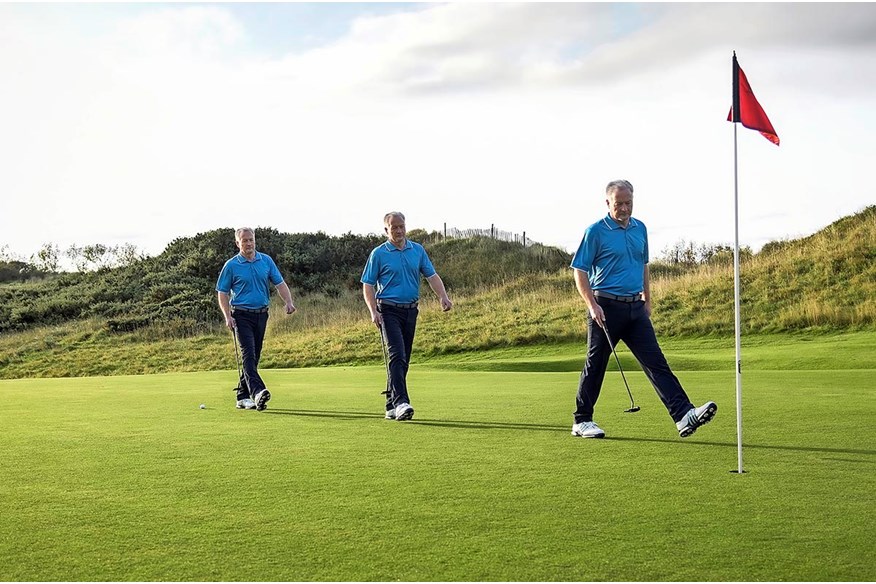
Shot Scope’s database of over 30 million golf shots has highlighted that an enormous 84% of putts over five feet are left short. Yes, there is an argument that a putt left a foot short is better than a putt raced six feet past the hole.
However, that stat means that almost nine times out of 10 we are giving the ball NO CHANCE of going in! Getting the ball to the hole should be a focus for anyone when they step on the green.
RELATED: Tested – Best Putters
WATCH: Get your long putts closer
RELATED: Best Puttings Mats
WATCH: Hole more six-foot putts
RELATED: Putting coach Phil Kenyon saves you six shots
-
 We use Shot Scope data to help you play better golf and lower your scores.
We use Shot Scope data to help you play better golf and lower your scores.
-
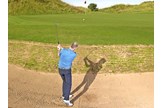 How to escape golf bunkers first time, every time.
How to escape golf bunkers first time, every time.
-
 Longer drives will help you get your approach shots closer to the hole.
Longer drives will help you get your approach shots closer to the hole.
-
 Why amateurs should use hybrids instead of long golf irons.
Why amateurs should use hybrids instead of long golf irons.
-
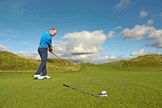 Choosing the best iron for your game is key
Choosing the best iron for your game is key
-
 How to ensure you get your putt to the hole every time.
How to ensure you get your putt to the hole every time.
-
 Shot Scope V3 is available in five colours.
Shot Scope V3 is available in five colours.
